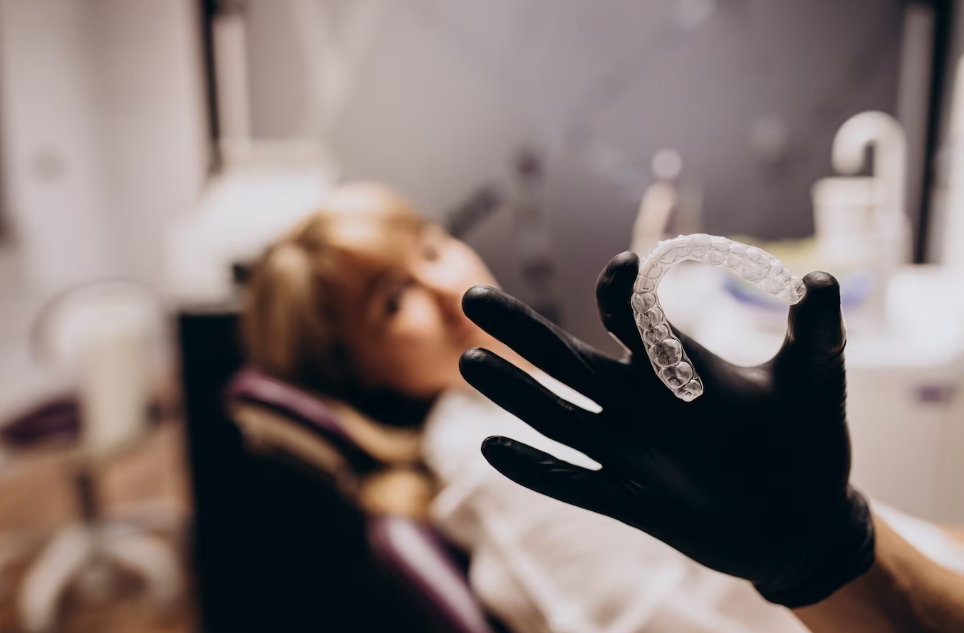TMJ/TMD Treatment
 Millions of people around the United States, most of them women, experience jaw pain or pain in their head and neck regularly. While many people treat their symptoms with over-the-counter pain medications, others suffer silently. Most of these people are enduring the discomfort caused by a problem with the temporomandibular joint. This is the jaw hinge. Temporomandibular joint disorder, or TMJ/TMD, can cause mild to severe pain. The pain can be localized in the jaw area or it can extend up into the head causing headaches and down into the neck and shoulder area.
Millions of people around the United States, most of them women, experience jaw pain or pain in their head and neck regularly. While many people treat their symptoms with over-the-counter pain medications, others suffer silently. Most of these people are enduring the discomfort caused by a problem with the temporomandibular joint. This is the jaw hinge. Temporomandibular joint disorder, or TMJ/TMD, can cause mild to severe pain. The pain can be localized in the jaw area or it can extend up into the head causing headaches and down into the neck and shoulder area.
Diagnosis
Conservative Treatment
 In many cases, conservative, non-invasive treatment options are recommended initially. These may include:
In many cases, conservative, non-invasive treatment options are recommended initially. These may include:- Lifestyle and self-care practices: Patients are advised to practice stress reduction techniques, maintain good posture, avoid clenching or grinding teeth, and use heat or cold therapy to alleviate pain and relax muscles.
- Medications: Non-steroidal anti-inflammatory drugs (NSAIDs), muscle relaxants, and pain relievers can help manage pain and reduce inflammation.
- Oral appliances: Customized oral splints or mouthguards may be prescribed to help alleviate jaw muscle tension, reduce teeth grinding, and improve jaw alignment.

